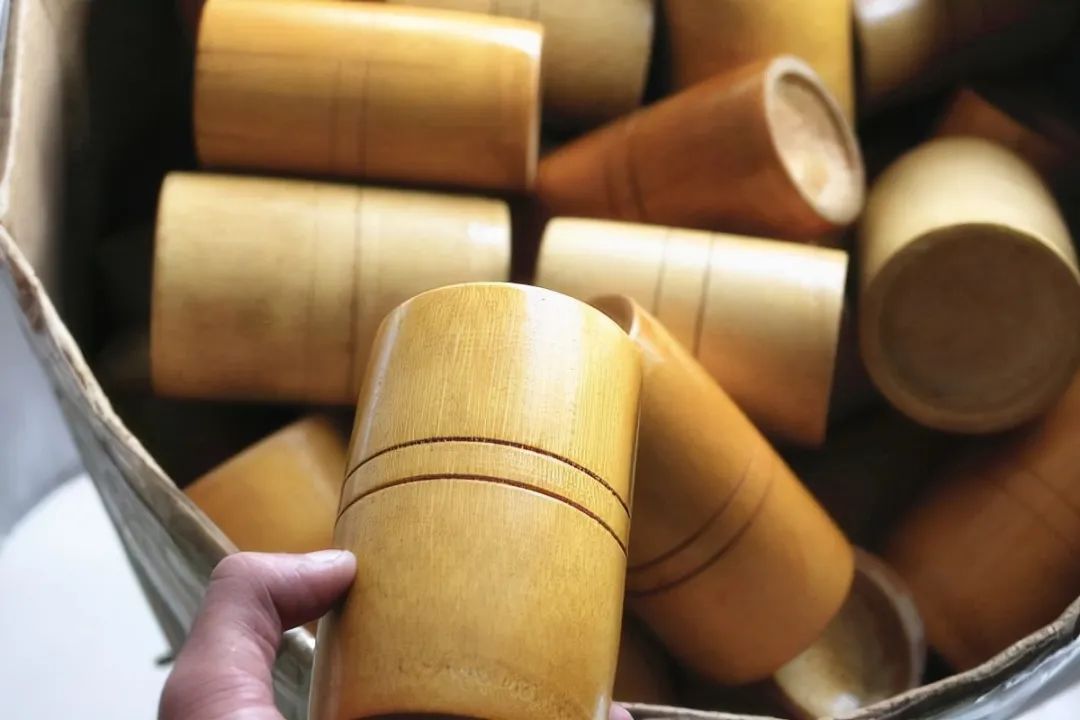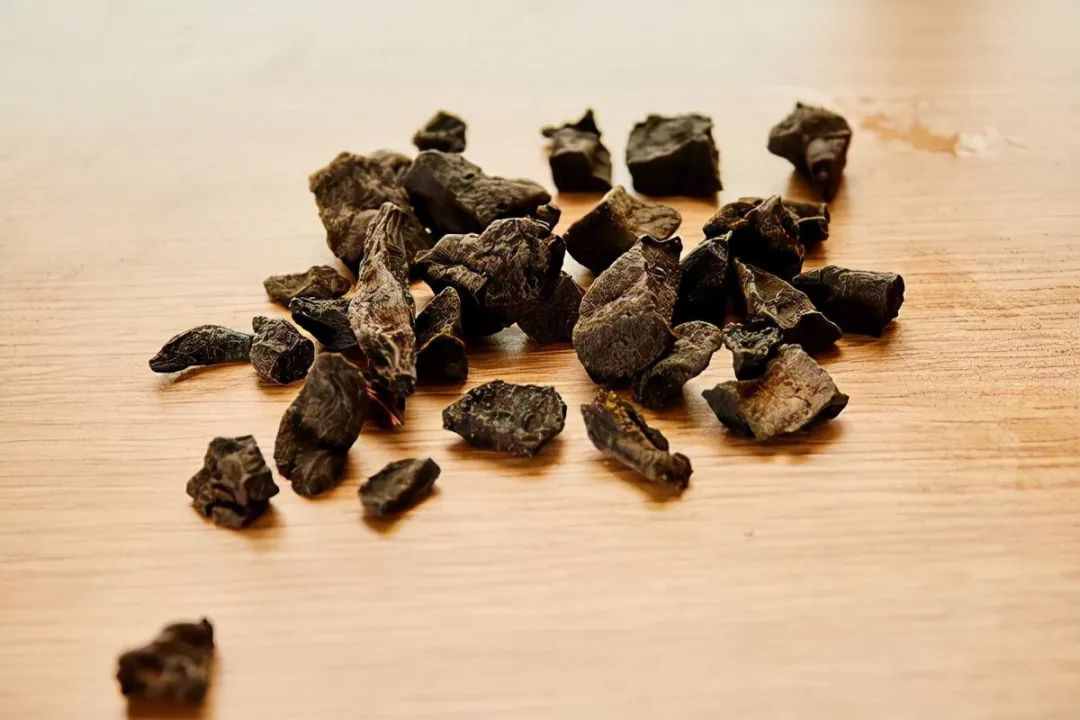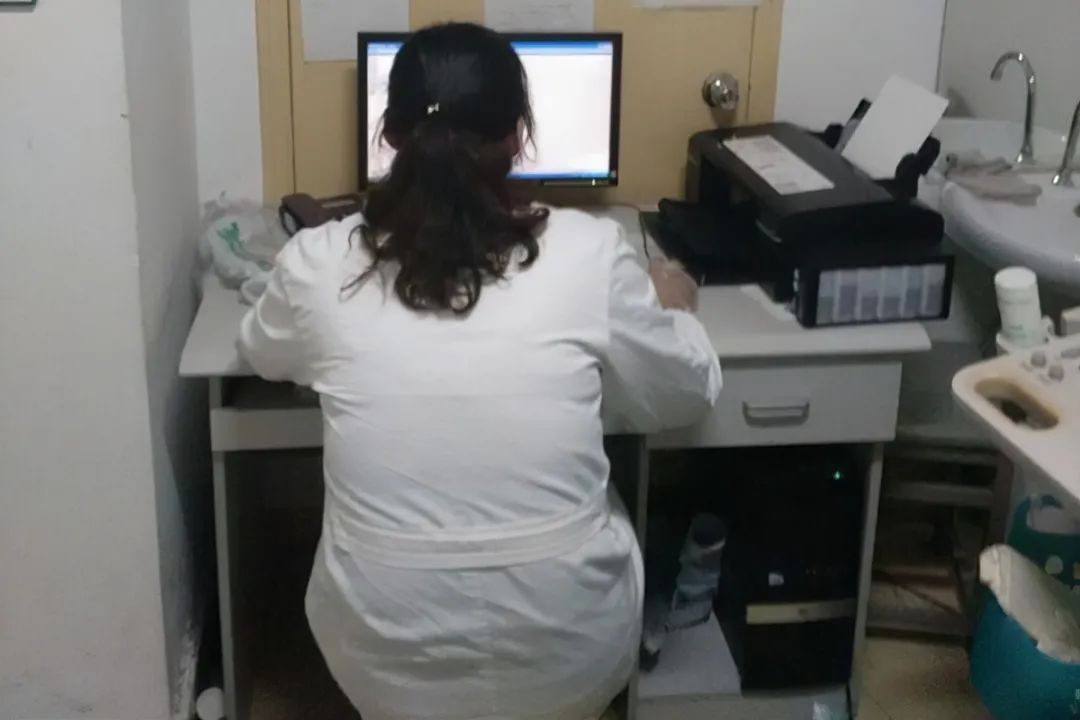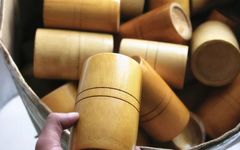For those who are not very familiar with TCM health practices, the technique of Gua Sha (scraping therapy) may seem quite unbelievable. It appears almost like self-harm, as it forces blood beneath the skin to seep to the surface, creating a rather shocking visual. However, enthusiasts of Gua Sha are often very reliant on and fond of this practice. The opinions on Gua Sha are polarized. Is it truly a reasonable health method?

Is Gua Sha Really a Health Practice or Just So-Called “Pseudoscience”?
Before we delve deeper, let’s first understand the principles behind Gua Sha.
According to some so-called massage health experts, Gua Sha is a method that artificially damages the capillaries beneath the skin through external pressure, thereby promoting blood circulation and generating vital energy. Generally speaking, Gua Sha is recognized for its effects such as promoting Qi and blood circulation, dispelling dampness and resolving stasis, and strengthening the body while expelling pathogenic factors.
But is this really correct?
From a formal medical science perspective, the act of Gua Sha essentially stimulates the sympathetic and autonomic nervous systems along the sides of the spine. By artificially damaging the capillaries and subcutaneous tissues at the Gua Sha site, it aims to accelerate healing, induce pain, and increase metabolic rate.
At first glance, these benefits seem to hold significant health value, but upon closer inspection, there are some concerns:
Firstly, the necessity of Gua Sha. The body’s self-healing system can achieve what Gua Sha does. In other words, functions such as accelerating metabolism and nourishing blood can also be accomplished through proper diet and regular routines. Gua Sha may indeed be redundant.
Moreover, clinical data indicates that if the area of bleeding caused by Gua Sha is too large, or if the patient has insufficient coagulation ability due to age or constitution, the destruction of red blood cells can lead to excessive hemoglobin in the kidneys, potentially causing tubular obstruction and acute nephritis, among other symptoms.

Some may protest that this is merely a viewpoint from Western medicine.
However, it is not. In terms of TCM itself, authoritative institutions have never acknowledged the effectiveness of Gua Sha.
Let’s look at some comparative data. Between 2010 and 2012, there were an astonishing 420 articles published regarding Gua Sha. Various health experts promoted the so-called benefits of Gua Sha.
However, from 2018 to the present, during a time when medical knowledge has become more widespread, not a single article in core TCM journals like Chinese Acupuncture has mentioned the benefits or specific effects of Gua Sha. This clearly shows the modern TCM stance on Gua Sha.
Not only modern TCM, but ancient TCM also did not view Gua Sha favorably:
The Han dynasty medical text Wushi Er Bing Fang records: “If there is blood resembling fly wings, it indicates…” This refers to artificially creating blood spots on the skin to achieve the so-called purpose of promoting blood flow and relieving blockages, similar to Gua Sha. However, after the Ming dynasty, no renowned TCM figures confirmed that it could promote blood circulation and resolve stasis. To this day, it has not been scientifically validated.
Thus, it can be seen that while Gua Sha appears to be a profound TCM health practice, its essence is actually a “beautiful bubble”. Upon closer examination, neither Western medicine nor TCM, ancient or modern, has clearly pointed out any significant effects of Gua Sha. Therefore, compared to health practices, it resembles more of a “pseudoscience”.
At this point, some may still express dissatisfaction, especially those who have indeed experienced Gua Sha. Most people do feel a sense of relief, pleasure, and comfort after Gua Sha. Doesn’t this indicate its effectiveness?

What is the “Sha” Produced by Gua Sha? Why do Most People Feel Comfortable Afterward?
The substance produced by Gua Sha is not the “filth” or “dirt” that many imagine. On the contrary, it is actually a part of your body’s cells and blood. The fluid that seeps out through the pores during Gua Sha is primarily your interstitial fluid and blood that has leaked from damaged capillaries.
The reason people feel comfortable after Gua Sha is that the body is “deceiving” the brain.
When we feel pain, such as from a fall or injury, the brain releases a substance called endogenous opioids to help numb the sensation of pain and alleviate our discomfort.
The way endogenous opioids work is by sending signals of pleasure and happiness through the nerves to counteract pain. Gua Sha essentially utilizes this principle by artificially inducing pain to “trick” the brain into producing endogenous opioids, which then transmit pleasurable nerve signals, leading one to mistakenly believe that their happiness and health are a result of Gua Sha. Unbeknownst to them, these feelings are actually a consequence of the pain.
Of course, it should be noted that the act of Gua Sha can indeed stimulate a series of health changes in the body.
According to a review of Gua Sha’s effects published in 2010 in Chinese Medicine, Gua Sha can improve local microcirculation and help slightly alleviate muscle pain, and can stimulate beneficial elements in the serum to counteract some discomfort.
However, as mentioned earlier, these benefits are not due to Gua Sha but rather the result of “pain”, and when compared to the potential risks that Gua Sha may pose to the body, these objective benefits seem trivial.
What Potential Risks Can Frequent Gua Sha Bring to the Body?
1) Increased Risk of Kidney Failure
Clinical data shows that cases of kidney failure due to Gua Sha are not rare. Most cases of acute kidney failure caused by rhabdomyolysis are primarily due to excessive or overly vigorous Gua Sha.

2) Potential for Dependency
This is also a major reason why many health enthusiasts become addicted to Gua Sha. The pain stimulates the brain to produce endogenous opioids, leading the nervous system to develop a dependency on it. This translates into a real-world behavior where Gua Sha practitioners may become reliant on the practice, similar to smoking or drinking.
Long-term Gua Sha can indeed increase various health risks, especially if one falls into unprofessional or unsanitary Gua Sha practices, which can further increase health risks. Therefore, for the sake of health and well-being, it is better to refrain from Gua Sha.

